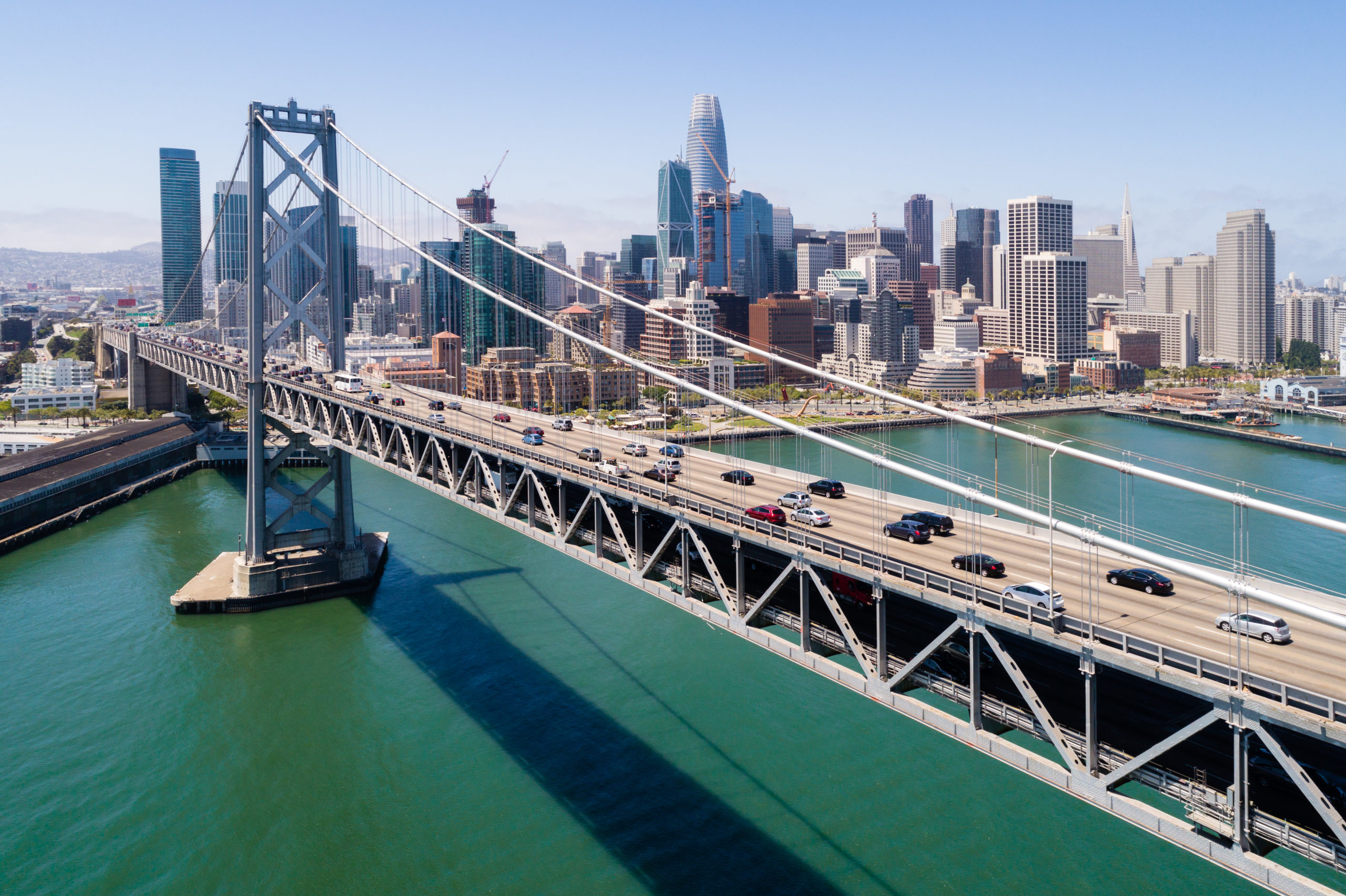In 2006 Kwik Bond Polymers was selected to supply our polyester concrete overlay to a complex and critical project to rehabilitate the deck of the San Francisco Oakland Bay Bridge. The overlay is now 15 years old and still fully effective, showing no major distress.
The history of polyester-based preservation systems and the San Francisco Oakland Bay Bridge (SFOBB) suspension span dates back to 1961. The SFOBB was one of the earliest known structures to receive a polyester deck overlay. This polyester overlay was not the system used today, but rather a polyester-based broadcast thin polymer overlay (TPO), applied to the bridge as a collaborative experiment between California Department of Transportation (Caltrans) and a major resin producer. Interestingly, the lead developer of this system, Neil Estrada, later mentored one of the founders of Kwik Bond in their work together developing the PPC resin system used today in our Polyester Polymer Concrete (PPC).
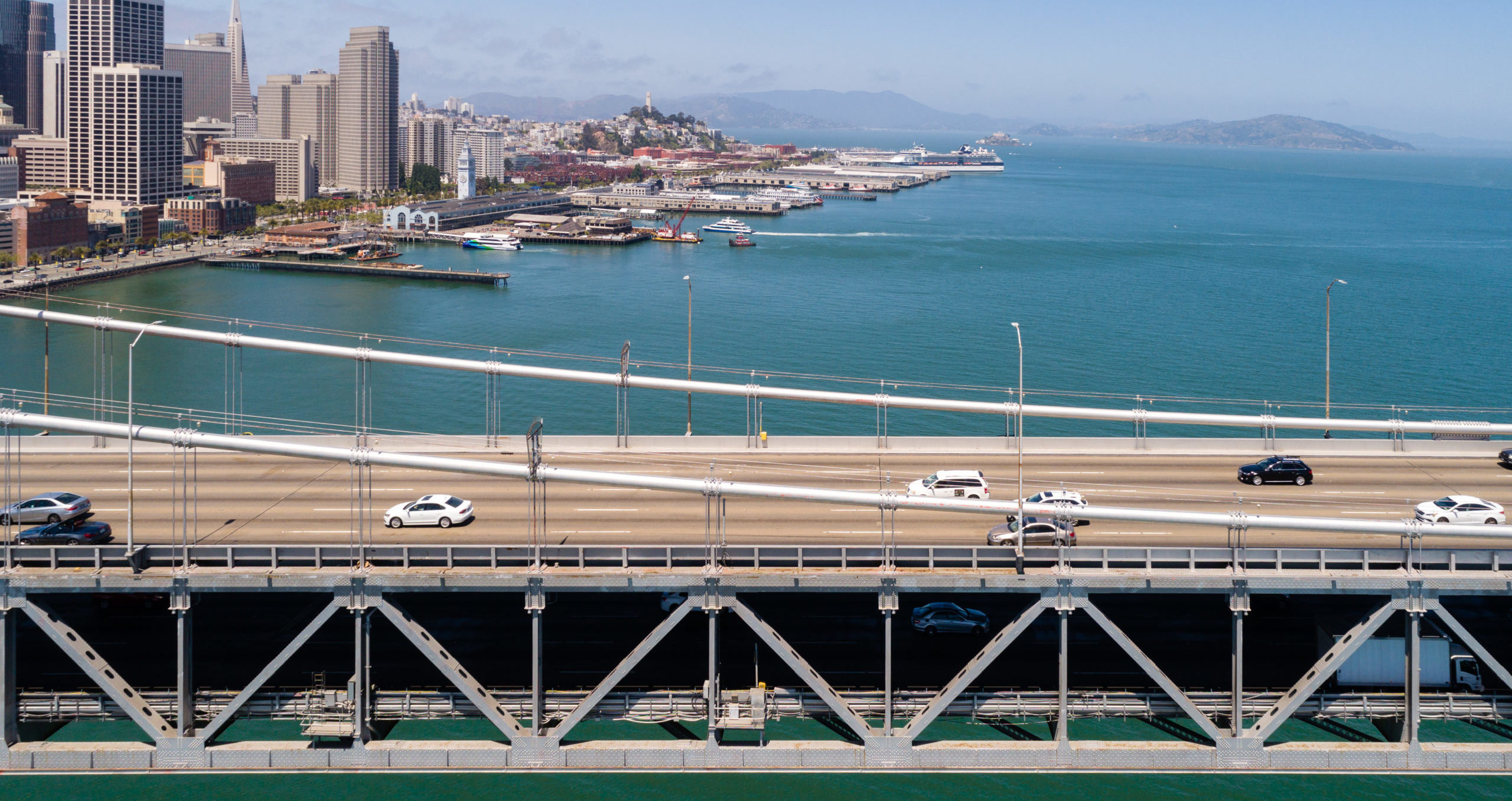
While polyester, and other broadcast thin polymer overlays had been tried on the SFOBB as far back as the 1960s, they were found to be inadequate for full utilization. At the time, broadcast TPO’s were being experimented with, however the bond line stresses created by thermal expansion were not understood like they are today. During the late 1970s and early 1980s Caltrans engineers pursued the development of a more robust polymer-based overlay option that met critical goals. They set out to develop an overlay that was engineered to balance Coefficient of Thermal Expansion, Young’s Modulus, bonding and substrate strengthening properties, and wear resistance. In partnership with resin developers, one of which eventually founded KBP, the PPC system used today was born. In 1983 two bridges received the PPC overlay that is substantially similar to the system supplied currently by KBP. In 1988 the system was accepted for FHWA funding and use as a non-experimental overlay material. Caltrans continued to use PPC extensively throughout the 1990s and early 2000s.
After decades of building positive experience with PPC, Caltrans determined the KBP PPC system to be the right solution for the preservation of the deck on the San Francisco Oakland Bay Bridge, Western suspension section. The Eastern Span of the Bay Bridge from Treasure Island to Oakland, had been programmed for replacement following major seismic issues exposed during the Loma-Prieta earthquake in 1989. The remaining span from San Francisco to Treasure Island was a perfect candidate for long term preservation.
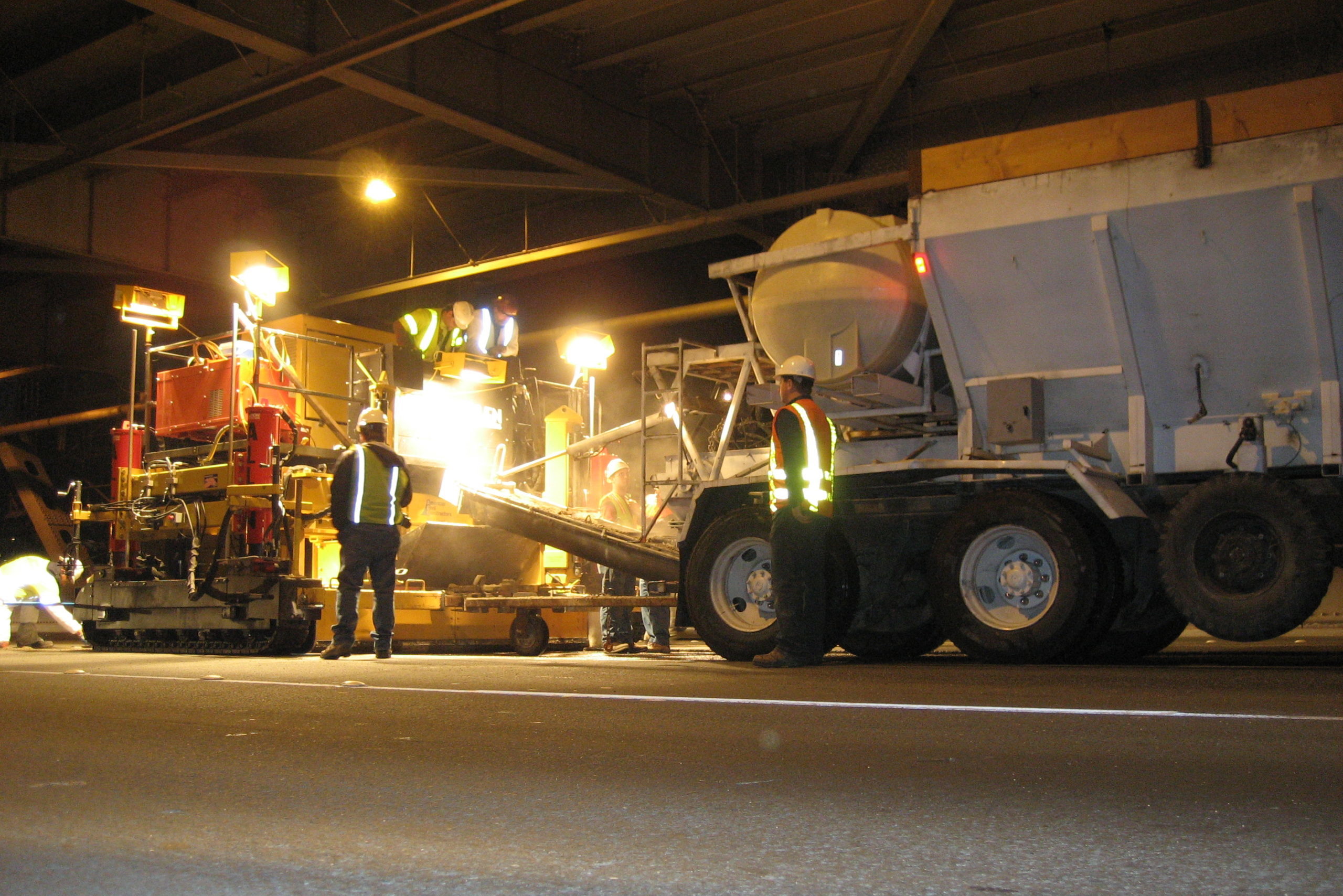
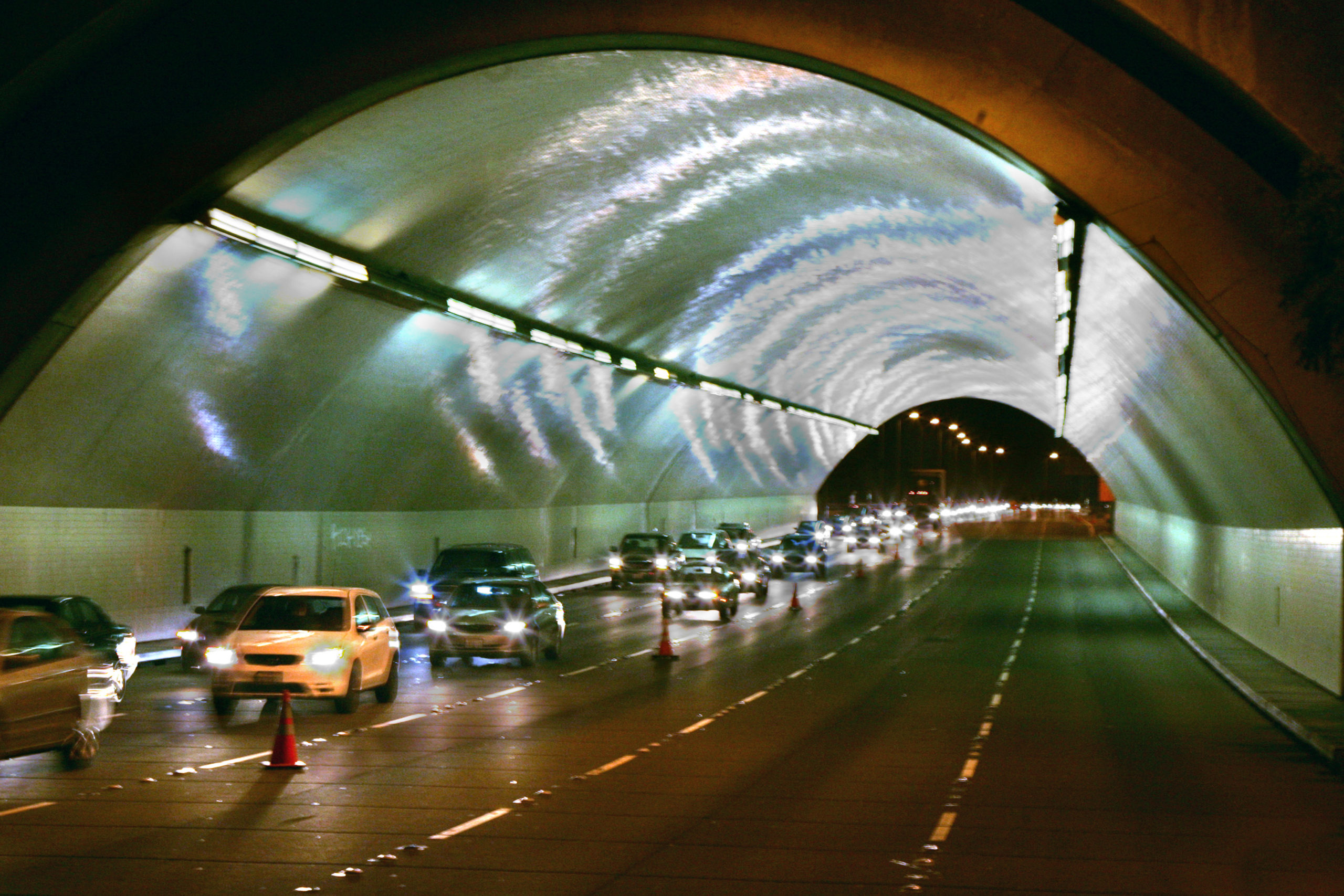
When the PPC was programed and placed in 2006, many factors made the installation more complicated than normal. This monumental project would include removal of an existing concrete overlay prior to placement of the new overlay. Traffic could be permitted on the milled substrate surface for a limited duration to advance the milling operation well ahead of the PPC overlay placement. However, all work was to be completed during very tight nighttime shifts. It was imperative that the travelling public was not to be disrupted during daytime hours. With many lane closures only allowed between 11 pm and 5 am, very little work time was available. After accounting for lane closure setup time, final surface preparation, cleanup, and removal of lane closures, there was only a short window of time left for installation and curing of the PPC overlay. In order to facilitate a reasonable amount of placement, the overlay system would have to cure to traffic-ready strength and adhesion in less than two hours after placement. While some efforts had been made to achieve this in the past, the process had to be further refined to be successful on a project of this scale and importance.
Kwik Bond material developers and field technical advisors worked closely with the PPC installer to refine the use of Z Cure accelerator for this project. It was essential to maintain a reasonable 30-minute working time, while curing to traffic-ready strength two hours after placement. This was especially difficult to achieve as nighttime temperatures were typically in the low 40s, and the thick San Francisco fog rolled through on a nightly basis. While our Z Cure accelerator had been used as needed for some years leading up to this project, refinement was necessary to handle the conditions on the SFOBB. The work to dial in the cure process of our PPC system on this project 15 years ago has proven valuable to projects nationwide as the careful chemical balance is near second nature to us today.
KBP had supplied large scale PPC projects prior to the overlay of the SFOBB in 2006, but none matched the critical nature of this job in both construction difficulty and demanding service conditions. This structure is subjected to extremely high average daily traffic (ADT) counts of nearly 250,000 vehicles per day. This means that the commuters must not be disrupted by construction operations during installation, or by the need for repeat maintenance over years of service. This has been achieved very successfully by the overlay placed in 2006.
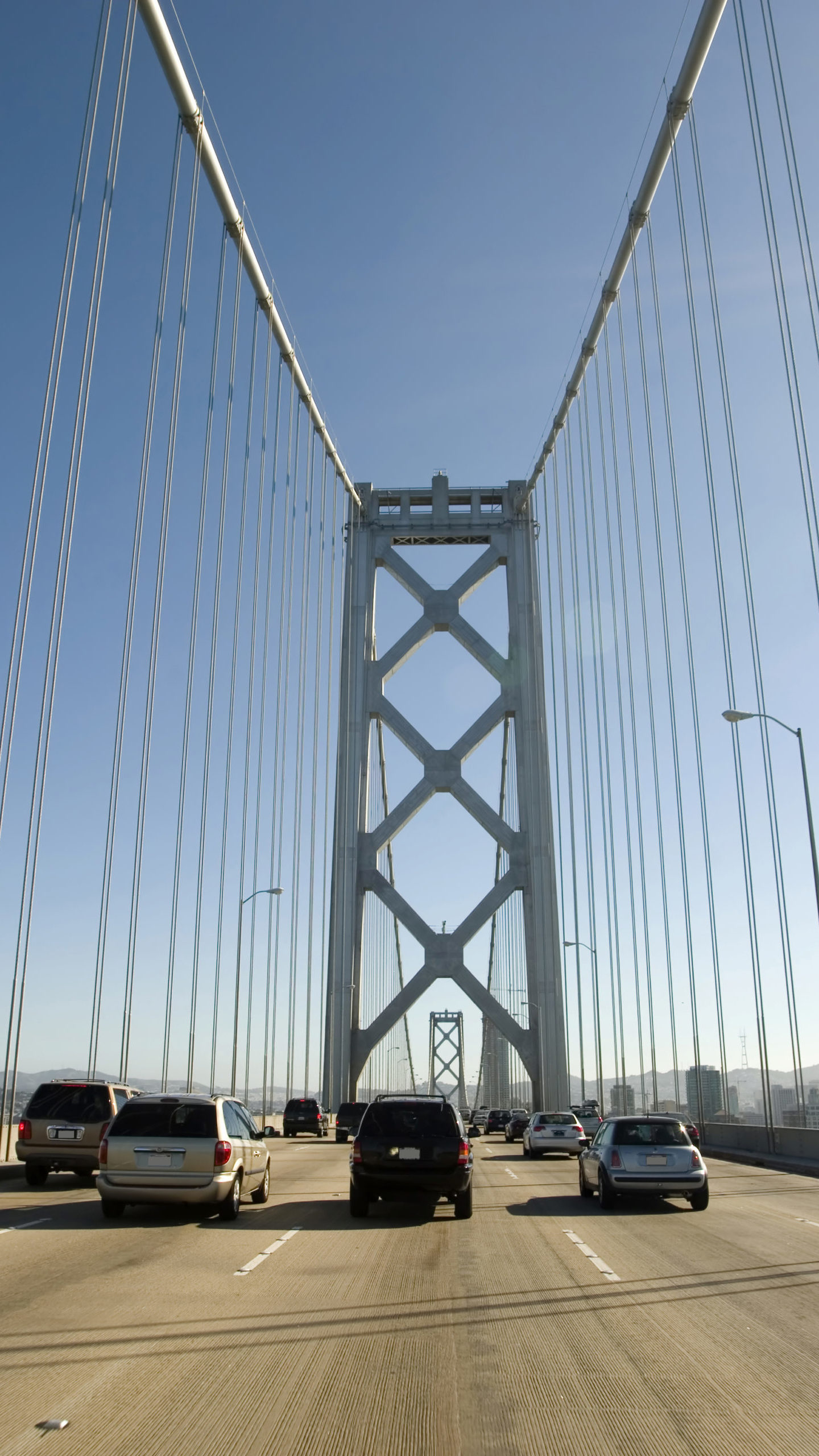
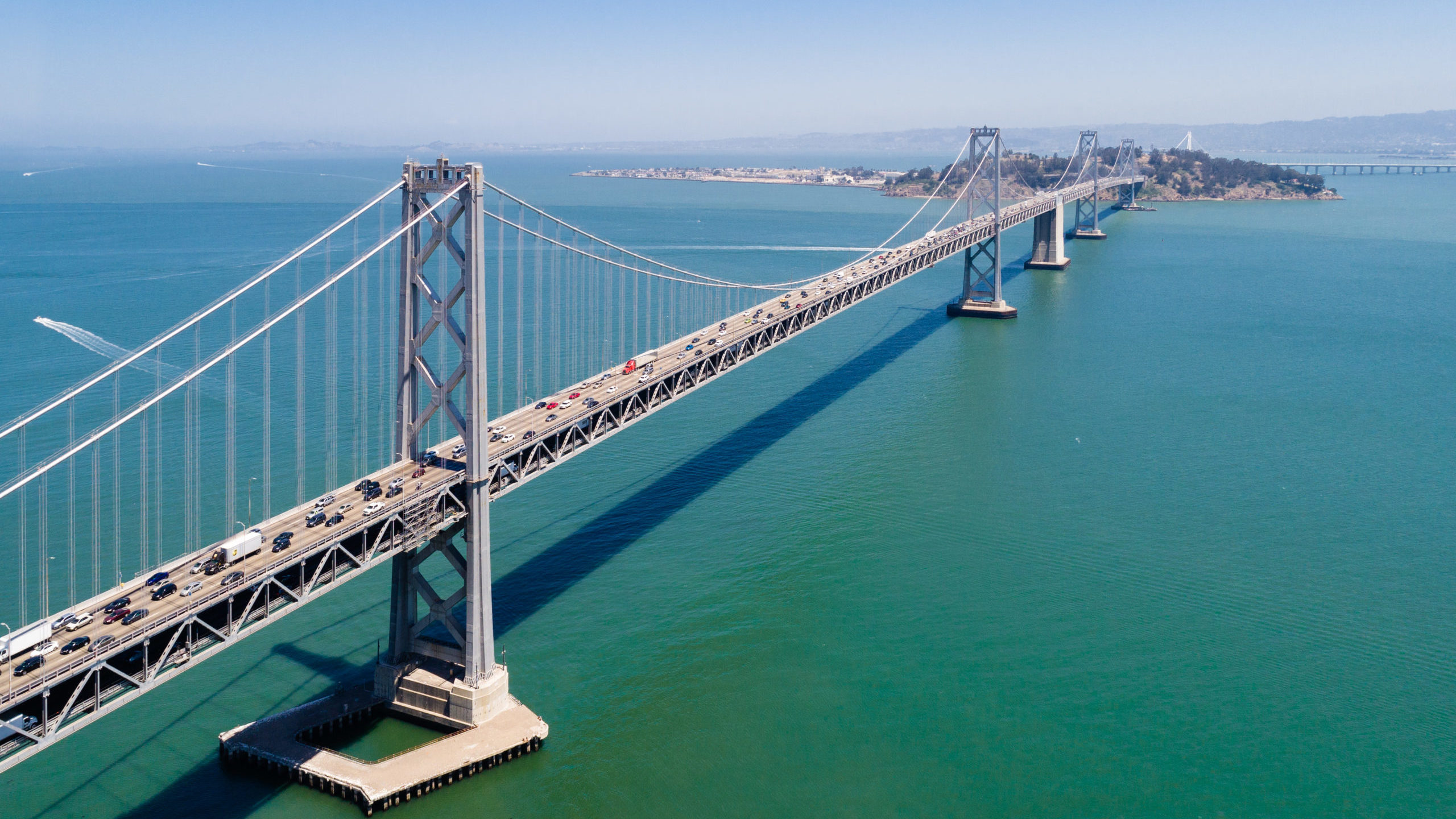
To ensure that we are aware of our successes, and help us to address issues, we often follow up on our past projects. In this case, we obtained information from bridge inspection reports on this historic structure. According to the most recent available report, “the top surface of the overlay is in good condition with no cracking, spalling or appreciable signs of distress.” Over 99% of the bridge deck area is shown to be in Condition State 1, the highest rating out of 4, which is described as no delamination/patched areas/potholes, cracks are sealed if present, and fully effective – no evidence of leakage or further deterioration of the protected element. The remaining area of less than 1% is listed in Condition State 2 – which may have minor defects in the same categories but is still considered fair condition. The bridge deck has an overall rating of 7, which is considered “good condition.” While a rating of 7 is generally quite good, it is especially impressive in this case as the majority of the bridge deck is original from 1936 (85 years old), and a newer portion from 1962 (59 years old). These decks are well on their way to becoming 100-year bridge decks.
Kwik Bond is well known for being a part of major bridge construction and rehabilitation projects. Though projects of this scale and importance do not come along all the time, we are proud to be a part of the preservation of this beautiful bridge. We offer a solution that not only met the critical needs required during construction, but for the 15 years of service since installation and many years to come. Happy 15th birthday San Francisco Bay Bridge PPC overlay!
